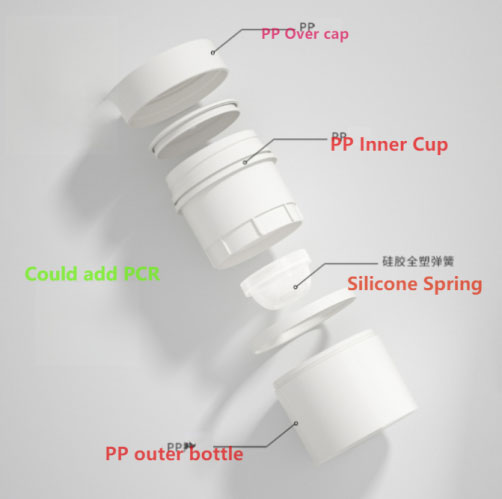In the search for more sustainable alternatives, the switch to mono-material packaging solutions is helping companies.
The development of more efficient and functional and protective mono-material alternatives has pushed this transformation to the front and is helping companies reach their sustainability goals.
In a time when recycling and joining true sustainable models are necessary in order to comply with regulations and consumers’ changing preferences, companies are looking into mono-material solutions.
What are the benefits of mono polymers, why are they more sustainable and what are their possibilities for developing packaging? Keep reading to find out.
What is a mono-material?
A mono-material is a product that is made of just one type of material. Thus, mono polymers are products that are made of a single type of polymer (for instance, just PE or just <PP).

Mono materials are increasingly popular in many areas, including the packaging industry, as a report from Smithers Research confirms: mono-material film packs are expected to grow at a CAGR of 3.8%, reaching $71 Billion in 2025. This growth will be especially relevant in industries such as the food, confectionery and pharmaceutical sectors.

The growth of mono-material packaging responds to a main benefit: mono materials are easier to recycle than other products made of multiple plastics, or mixed with other materials such as cardboard or glass.
Up until very recently, packaging has been made from different packaging materials and polymers, as companies prioritised versatility. However, recycling them isn’t easy or efficient: materials must be separated in order to follow their own recycling processes or else the recycled plastic product will not present a high quality.
On the contrary, a mono-material product uses less energy in the recycling process (as dividing materials is not necessary) and creates higher-quality recycled products.
Choosing mono materials and facilitating the recycling process also means companies can comply with urgent regulations. This includes the European Strategy for Plastics, which is pushing companies to join circular economy models and guarantee that all plastic packaging must be recyclable by 2030.
